Are you interested in learning more about the Japanese writing system? In this blog post, we will introduce the three main scripts used in Japanese: Hiragana, Katakana, and Kanji. Whether you’re a beginner Japanese learner or just curious about the language, this post will provide you with a comprehensive overview of each script and their unique features.
Introduction to Hiragana
How Hiragana is Used
Hiragana is one of the three scripts used in the Japanese writing system. It is a syllabary, which means that each character represents a sound, rather than a meaning. Hiragana is used in a variety of ways in written Japanese, including:
- To write particles: In Japanese, particles are used to indicate the grammatical relationship between words in a sentence. Hiragana is used to write most particles, such as は (wa), が (ga), and を (wo).
- To write verb endings: In Japanese, verb endings change depending on the tense, mood, and formality of the sentence. Hiragana is used to write most verb endings, such as ます (masu) and て (te).
- To write okurigana: Okurigana are the hiragana characters that follow kanji in a word. They help to indicate the pronunciation and meaning of the kanji. For example, in the word 食べる (taberu), the hiragana characters べる (beru) are the okurigana for the kanji 食.
- To write words that don’t have a kanji: There are many words in Japanese that don’t have a kanji character, or whose kanji characters are rarely used. In these cases, hiragana is used to write the entire word.
Overall, hiragana is an essential part of written Japanese, and is used in a variety of ways to convey meaning and grammatical structure.
Commonly Used Hiragana Characters
There are 46 basic hiragana characters in the Japanese writing system. Here are some commonly used hiragana characters:
あ (a) – Used as a particle and at the beginning of wordsい (i) – Used as a particle and in the middle of words
う (u) – Used as a particle and at the beginning and in the middle of words
え (e) – Used as a particle and at the beginning and in the middle of words
お (o) – Used as a particle and at the beginning and in the middle of words
か (ka) – Used in the beginning of words
き (ki) – Used in the beginning and in the middle of words
く (ku) – Used in the beginning and in the middle of words
け (ke) – Used in the beginning and in the middle of words
こ (ko) – Used in the beginning and in the middle of words
さ (sa) – Used in the beginning and in the middle of words
し (shi) – Used in the beginning and in the middle of words
す (su) – Used in the beginning and in the middle of words
せ (se) – Used in the beginning and in the middle of words
そ (so) – Used in the beginning and in the middle of words
た (ta) – Used in the beginning and in the middle of words
ち (chi) – Used in the beginning and in the middle of words
つ (tsu) – Used in the beginning and in the middle of words
て (te) – Used in the beginning and in the middle of words
と (to) – Used in the beginning and in the middle of words
な (na) – Used in the beginning and in the middle of words
に (ni) – Used in the beginning and in the middle of words
ぬ (nu) – Used in the beginning and in the middle of words
ね (ne) – Used in the beginning and in the middle of words
の (no) – Used in the beginning and in the middle of words
は (ha) – Used in the beginning and in the middle of words
ひ (hi) – Used in the beginning and in the middle of words
ふ (fu) – Used in the beginning and in the middle of words
へ (he) – Used in the beginning and in the middle of words
ほ (ho) – Used in the beginning and in the middle of words
ま (ma) – Used in the beginning and in the middle of words
み (mi) – Used in the beginning and in the middle of words
む (mu) – Used in the beginning and in the middle of words
め (me) – Used in the beginning and in the middle of words
も (mo) – Used in the beginning and in the middle of words
や (ya) – Used as a particle and at the end of words
ゆ (yu) – Used as a particle and at the end of words
よ (yo) – Used as a particle and at the end of words
ら (ra) – Used in the beginning and in the middle of words
り (ri) – Used in the beginning and in the middle of words
る (ru) – Used in the beginning and in the middle of words
れ (re) – Used in the beginning and in the middle of words
ろ (ro) – Used in the beginning and in the middle of words
わ (wa) – Used as a particle and at the end of words
を (wo) – Used as a particle
ん (n) – Used in the middle
Co-occurring Words and Phrases with Hiragana
Here are some common words and phrases that co-occur with hiragana characters in the Japanese language:
- ありがとう (arigatou) – Thank you
- いただきます (itadakimasu) – Used before eating to express gratitude
- こんにちは (konnichiwa) – Hello
- さようなら (sayounara) – Goodbye
- おはようございます (ohayou gozaimasu) – Good morning
- こんばんは (konbanwa) – Good evening
- おやすみなさい (oyasuminasai) – Good night
- はい (hai) – Yes
- いいえ (iie) – No
- すみません (sumimasen) – Excuse me/I’m sorry
- どういたしまして (dou itashimashite) – You’re welcome
- お願いします (onegaishimasu) – Please
- ごめんなさい (gomennasai) – I’m sorry
- ありがとうございます (arigatou gozaimasu) – Thank you very much
- おめでとうございます (omedetou gozaimasu) – Congratulations
- ごめんください (gomen kudasai) – May I come in?
- ご飯 (gohan) – Cooked rice/meal
- お茶 (ocha) – Tea
- ありがとう御座います (arigatou gozaimasu) – Thank you (polite form)
How Katakana is Used
Katakana is used in the Japanese writing system to represent words borrowed from other languages, such as English, French, German, and many others. It is also used for emphasis, to write onomatopoeic words, and to write scientific and technical terms.
Here are some specific ways in which katakana is used:
- Loanwords: Katakana is commonly used to write loanwords from other languages. For example, the English word “computer” is written as コンピューター (konpyuutaa) in katakana.
- Foreign names and places: Katakana is also used to write foreign names and places, such as Paris (パリ) and John (ジョン).
- Emphasis: Katakana can be used to emphasize a particular word or phrase, similar to using bold or italicized text in English. For example, すごい (sugoi) means “amazing,” but サイコー (saikou) means “totally awesome!”
- Onomatopoeia: Katakana is often used to write onomatopoeic words, which are words that imitate sounds. For example, ピカピカ (pikapika) means “sparkling” or “glittering.”
- Scientific and technical terms: Katakana is used to write scientific and technical terms, such as ドナー (donaa) for “donor” and ダイオキシン (daiokishin) for “dioxin.”
Commonly Used Katakana Characters
- ア (a) – Used as a vowel sound in Japanese, as in “ah”
- イ (i) – Used as a vowel sound in Japanese, as in “ee”
- ウ (u) – Used as a vowel sound in Japanese, as in “oo”
- エ (e) – Used as a vowel sound in Japanese, as in “eh”
- オ (o) – Used as a vowel sound in Japanese, as in “oh”
- カ (ka) – The first character of the word for “car” (車)
- キ (ki) – The first character of the word for “tree” (木)
- ク (ku) – The first character of the word for “mouth” (口)
- ケ (ke) – The first character of the word for “hair” (毛)
- コ (ko) – The first character of the word for “small” (小)
- サ (sa) – The first character of the word for “three” (三)
- シ (shi) – The first character of the word for “city” (市)
- ス (su) – The first character of the word for “sky” (空)
- セ (se) – The first character of the word for “world” (世)
- ソ (so) – The first character of the word for “outside” (外)
- タ (ta) – The first character of the word for “rice field” (田)
- チ (chi) – The first character of the word for “one thousand” (千)
- ツ (tsu) – Used as a sound in Japanese, as in “tsunami”
- テ (te) – The first character of the word for “hand” (手)
- ト (to) – The first character of the word for “east” (東)
- ナ (na) – The first character of the word for “seven” (七)
- ニ (ni) – The first character of the word for “two” (二)
- ヌ (nu) – The first character of the word for “cloth” (布)
- ネ (ne) – The first character of the word for “root” (根)
- ノ (no) – The first character of the word for “field” (野)
- ハ (ha) – The first character of the word for “leaf” (葉)
- ヒ (hi) – The first character of the word for “day” (日)
- フ (fu) – The first character of the word for “husband” (夫)
- ヘ (he) – The first character of the word for “tooth” (歯)
- ホ (ho) – The first character of the word for “sail” (帆)
- マ (ma) – The first character of the word for “circle” (円)
- ミ (mi) – The first character of the word for “body” (身)
- ム (mu) – The first character of the word for “eye” (目)
- メ (me) – The first character of the word for “women” (女)
- モ (mo) – The first character of the word for “gate” (門)
- ヤ (ya) – The first character of the word for “eight” (八)
- ユ (yu) – The first character of the word for “hot water” (湯)
- ヨ (yo) – The first character of the word for “good” (良)
- ラ (ra) – The first character of the word for “horse” (馬)
- リ (ri) – The second character of the word for “salary” (給料)
- ル (ru) – The first character of the word for “run” (走る)
- レ (re) – The first character of the word for “zero” (零)
- ロ (ro) – The first character of the word for “road” (路)
- ワ (wa) – The first character of the word for “circle” (輪)
- ヲ (wo) – The first character of the particle used to indicate the direct object of a sentence
- ン (n) – Used as a sound in Japanese, as in “onigiri”
- キャ (kya) – Used to represent a combination of “ki” and “ya”, as in the word “kyatto” (cat)
- キュ (kyu) – Used to represent a combination of “ki” and “yu”, as in the word “kyukyoku” (ultimate)
- キョ (kyo) – Used to represent a combination of “ki” and “yo”, as in the word “kyodai” (siblings)
- シャ (sha) – Used to represent a combination of “shi” and “ya”, as in the word “shatsu” (shirt)
- シュ (shu) – Used to represent a combination of “shi” and “yu”, as in the word “shuryo” (leader)
- ショ (sho) – Used to represent a combination of “shi” and “yo”, as in the word “shoyu” (soy sauce)
- チャ (cha) – Used to represent a combination of “chi” and “ya”, as in the word “chahan” (fried rice)
- チュ (chu) – Used to represent a combination of “chi” and “yu”, as in the word “chugoku” (China)
- チョ (cho) – Used to represent a combination of “chi” and “yo”, as in the word “chotto” (a little)
- ニャ (nya) – Used to represent a combination of “ni” and “ya”, as in the word “nyanko” (kitty)
- ニュ (nyu) – Used to represent a combination of “ni” and “yu”, as in the word “nyuryoku” (input)
- ニョ (nyo) – Used to represent a combination of “ni” and “yo”, as in the word “nyorai” (Buddha)
- ヒャ (hya) – Used to represent a combination of “hi” and “ya”, as in the word “hyaku” (hundred)
- ヒュ (hyu) – Used to represent a combination of “hi” and “yu”, as in the word “hyuga” (sunshine)
- ヒョ (hyo) – Used to represent a combination of “hi” and “yo”, as in the word “hyoten” (climate)
- ミャ (mya) – Used to represent a combination of “mi” and “ya”, as in the word “myaku” (pulse)
- ミュ (myu) – Used to represent a combination of “mi” and “yu”, as in the word “myuujikaru” (musical)
- ミョ (myo) – Used to represent a combination of “mi” and “yo”, as in the word “myouji” (surname)
Co-occurring Words and Phrases with Katakana
- コーヒー (kōhī) – Coffee
- カフェ (kafe) – Cafe
- パン (pan) – Bread
- ピザ (piza) – Pizza
- ハンバーガー (hanbāgā) – Hamburger
- フライドチキン (furaido chikin) – Fried chicken
- ステーキ (sutēki) – Steak
- カレーライス (karē raisu) – Curry rice
- ラーメン (rāmen) – Ramen noodles
- テレビ (terebi) – Television
- ラジオ (rajio) – Radio
- コンピューター (konpyūtā) – Computer
- インターネット (intānetto) – Internet
- デジタル (dejitaru) – Digital
- スマートフォン (sumātofon) – Smartphone
- タブレット (taburetto) – Tablet
- オンライン (onrain) – Online
- ファッション (fasshon) – Fashion
- ショッピング (shoppingu) – Shopping
- トラベル (toraberu) – Travel
- ビジネス (bijinesu) – Business
- マーケティング (māketingu) – Marketing
- エンターテイメント (entāteimento) – Entertainment
- アニメ (anime) – Anime
- マンガ (manga) – Manga (Japanese comics)
- ジャズ (jazu) – Jazz
- ロック (rokku) – Rock
- ポップス (poppusu) – Pop music
- ハロウィン (harowin) – Halloween
- クリスマス (kurisumasu) – Christmas
- バレンタインデー (Barentain Dē) – Valentine’s Day
- ホワイトデー (howaito dē) – White Day (March 14th, when men give gifts to women who gave them chocolates on Valentine’s Day)
Introduction to Kanji
How Kanji is Used
Kanji is used extensively in Japanese writing, including in books, newspapers, magazines, and other print media. It is also commonly used in everyday communication, such as in letters, emails, text messages, and social media.
In Japanese, kanji can be used in several different ways:
- As standalone words: Many kanji characters can be used on their own as words, representing nouns, verbs, adjectives, and other parts of speech. For example, the kanji character “人” (pronounced “hito” or “jin”) means “person” and can be used by itself to represent the concept of a person.
- As parts of compound words: Kanji characters can also be combined with other characters to create compound words. For example, the word “自転車” (jitensha) means “bicycle” and is made up of the kanji characters “自” (ji, meaning “self”), “転” (ten, meaning “turn”), and “車” (sha, meaning “vehicle”).
- As parts of phrases and idioms: Kanji characters are also commonly used in Japanese phrases and idioms, which often have cultural or historical significance. For example, the phrase “三日坊主” (mikka-bōzu) means “three-day monk” and refers to someone who starts a new activity or hobby but quickly gives up after a few days.
- To represent the pronunciation of non-Japanese words: Finally, kanji characters are sometimes used in Japanese to represent the pronunciation of foreign words and names. For example, the English word “chocolate” is written as “チョコレート” (chokorēto) in katakana, but can also be written using kanji characters as “チョコ” (choko).
Overall, kanji is a crucial part of the Japanese writing system, and learning to read and write kanji is essential for anyone looking to gain proficiency in Japanese.
Commonly Used Kanji Characters
There are thousands of kanji characters in the Japanese language, but some are more commonly used than others. Here are some of the most commonly used kanji characters:
- 人 – person
- 日 – sun, day
- 一 – one
- 上 – up, above
- 下 – down, below
- 中 – middle, inside
- 大 – big, large
- 学 – study, learn
- 生 – life, birth, raw
- 車 – car, vehicle
- 手 – hand
- 会 – meeting, association
- 月 – moon, month
- 食 – food, eat
- 話 – talk, story
- 電 – electricity
- 時 – time
- 金 – gold, money
- 水 – water
- 山 – mountain
These characters are frequently used in everyday writing, and it is important for anyone learning Japanese to become familiar with them. Additionally, there are certain kanji characters that are required learning for school children in Japan, known as the “kanji kentei” or “kanji proficiency test”. These characters are considered essential for basic communication and literacy in Japanese.
Co-occurring Words and Phrases with Kanji
There are thousands of kanji characters in the Japanese language, but some are more commonly used than others. Here are some of the most commonly used kanji characters:
- 人 – person
- 日 – sun, day
- 一 – one
- 上 – up, above
- 下 – down, below
- 中 – middle, inside
- 大 – big, large
- 学 – study, learn
- 生 – life, birth, raw
- 車 – car, vehicle
- 手 – hand
- 会 – meeting, association
- 月 – moon, month
- 食 – food, eat
- 話 – talk, story
- 電 – electricity
- 時 – time
- 金 – gold, money
- 水 – water
- 山 – mountain
These characters are frequently used in everyday writing, and it is important for anyone learning Japanese to become familiar with them. Additionally, there are certain kanji characters that are required learning for school children in Japan, known as the “kanji kentei” or “kanji proficiency test”. These characters are considered essential for basic communication and literacy in Japanese.
Real Japanese writing on YouTube
If you’re interested in seeing how native Japanese speakers use hiragana, katakana, and English in their writing, be sure to check out this YouTube video! It provides a fascinating look at how these different writing systems are used in modern Japanese communication. Check it out and let me know what you think!
Learn more?
If you learn more about Japanese, please check this eBay page!!
click
Here !!

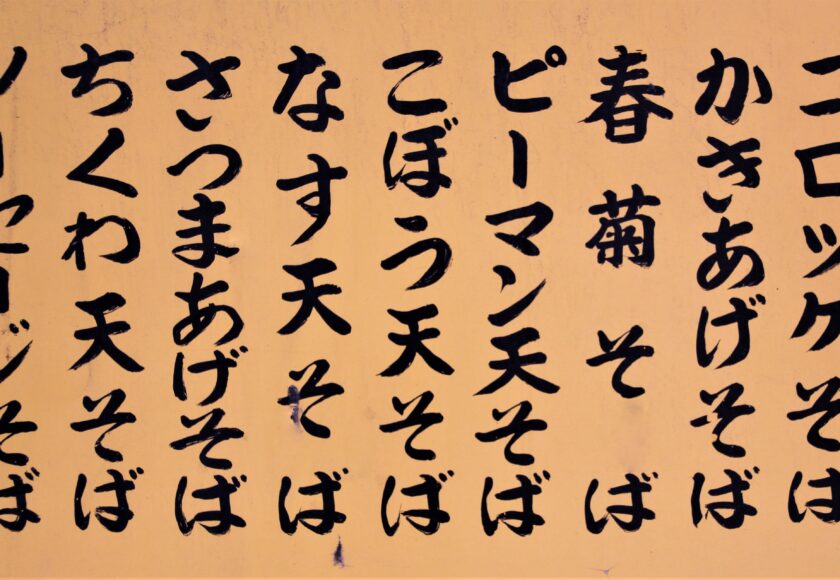
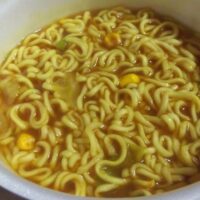
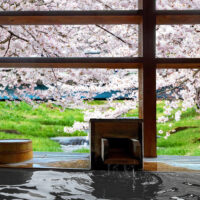
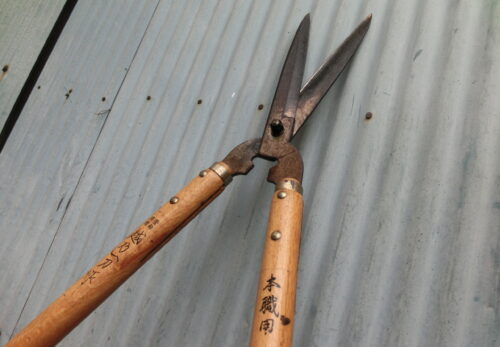
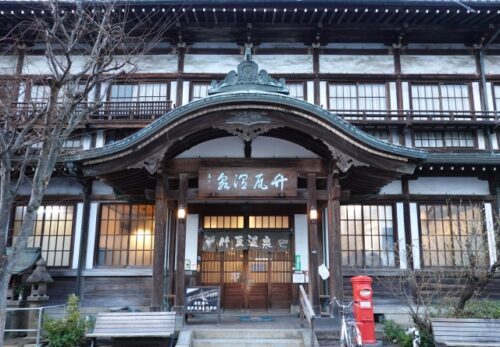
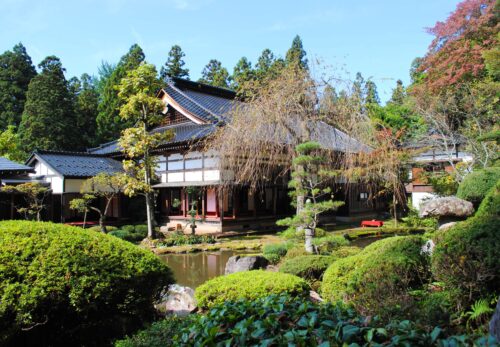
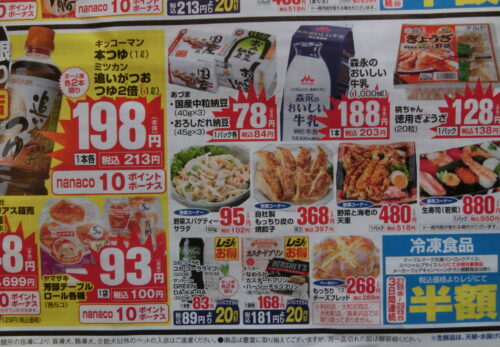
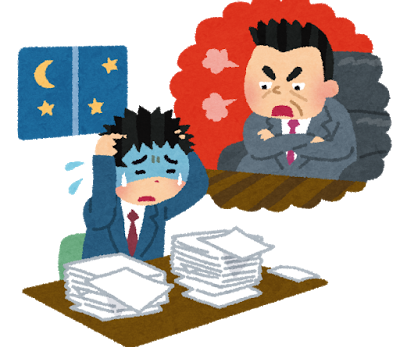
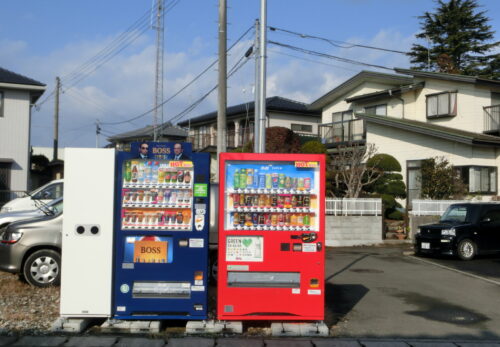
Touche. Great arguments. Keep up the great spirit.